Jupiter’s gravity may have sent water-rich asteroids crashing into Earth over 4 billion years ago.
Key Takeaways
- Jupiter’s movements may have played a crucial role in delivering water to Earth and other rocky planets.
- Instead of just scattering debris, Jupiter may have guided water-rich material into the inner solar system.
- New research suggests that any planetary system with a gas giant likely has water-rich rocky planets.
- Carbon-rich asteroids, once scattered by Jupiter, contain water that closely matches Earth’s composition.
- The findings offer new hope for discovering habitable exoplanets with liquid water beyond our solar system.
___________
A Cosmic Delivery System
Jupiter, the largest planet in our solar system, may have played a critical role in shaping Earth’s habitability. A new study published in Icarus suggests that during its early formation, Jupiter hurled water-rich debris from the outer solar system toward the rocky inner planets, including Earth. This process, which occurred around 4.5 billion years ago, may explain how our planet obtained the water necessary for life.
The study, led by astronomer Sean Raymond of the University of Bordeaux, models how gas giants like Jupiter interact with surrounding debris. The findings suggest that any solar system with a gas giant in its outer regions could have a similar water-delivery mechanism. This raises the possibility that Earth-like planets with water exist elsewhere in the universe.
Jupiter’s Grand Role in Water Transport
Jupiter’s massive gravity can act as both a protector and a disruptor. While it deflects dangerous asteroids away from the inner solar system, it also flings water-rich asteroids inward. Raymond’s model proposes that three key waves of icy material fell onto Earth. The first wave coincided with Jupiter’s formation, the second came as Saturn grew, and the third occurred when Uranus and Neptune migrated outward.
Previous models suggested that the outer planets had to migrate significantly to send water inward. However, Raymond’s new findings indicate that gas giants naturally distribute water to inner planets, regardless of their movements. This makes the presence of water on rocky worlds more likely in exoplanetary systems.
/https://tf-cmsv2-smithsonianmag-media.s3.amazonaws.com/filer/6b/6f/6b6f674a-d5c2-4fe2-90b4-79ee3eb8dfd3/pia21390-3.jpg)
Clues from Asteroids and Future Research
One of the strongest pieces of evidence supporting this theory is the water composition of carbon-rich asteroids. These asteroids, which originated beyond Jupiter’s orbit, have water content strikingly similar to that of Earth’s oceans. Conel Alexander, a meteorite expert, believes that these findings align well with our current understanding of planetary formation.
While the model explains how Earth got its water, some mysteries remain. Scientists still don’t fully understand why so much of the early solar system’s mass has disappeared. Future studies will explore these questions and look for other solar systems where similar processes may be occurring. The upcoming Vera C. Rubin Observatory could help detect distant worlds that might have followed the same path as Earth.
With these insights, the search for habitable planets becomes even more promising. If Jupiter-like planets exist around distant stars, their inner rocky worlds could be home to liquid water—and possibly, life.
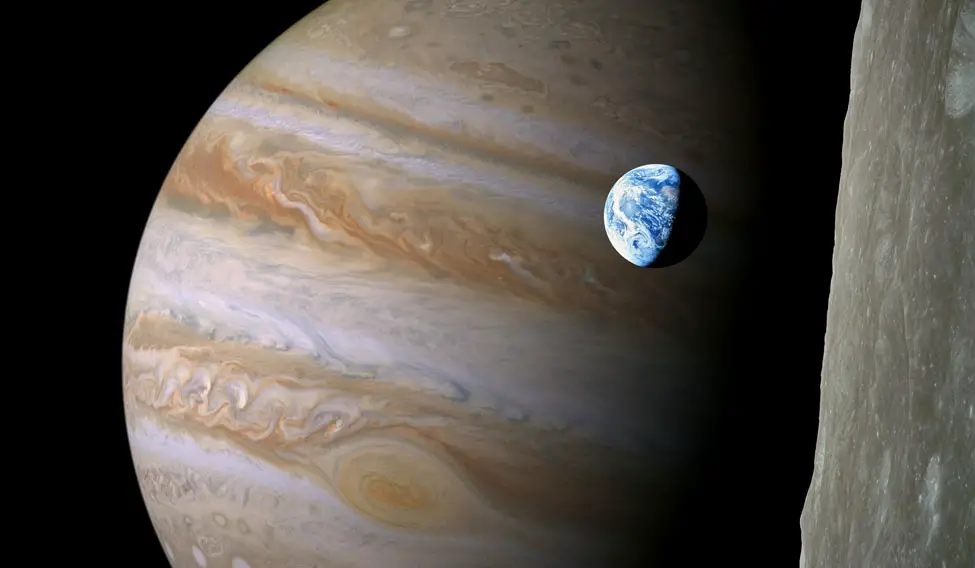
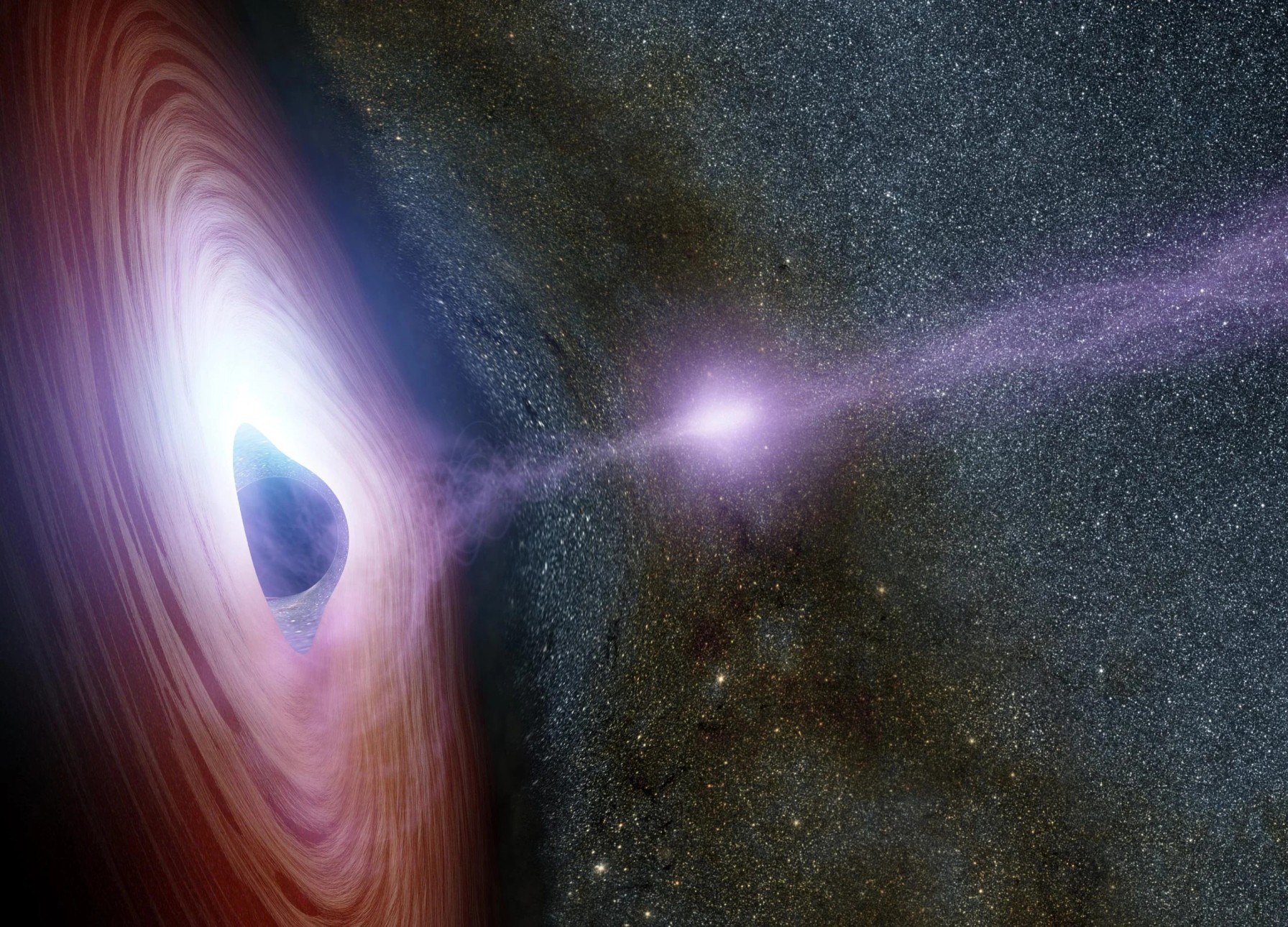
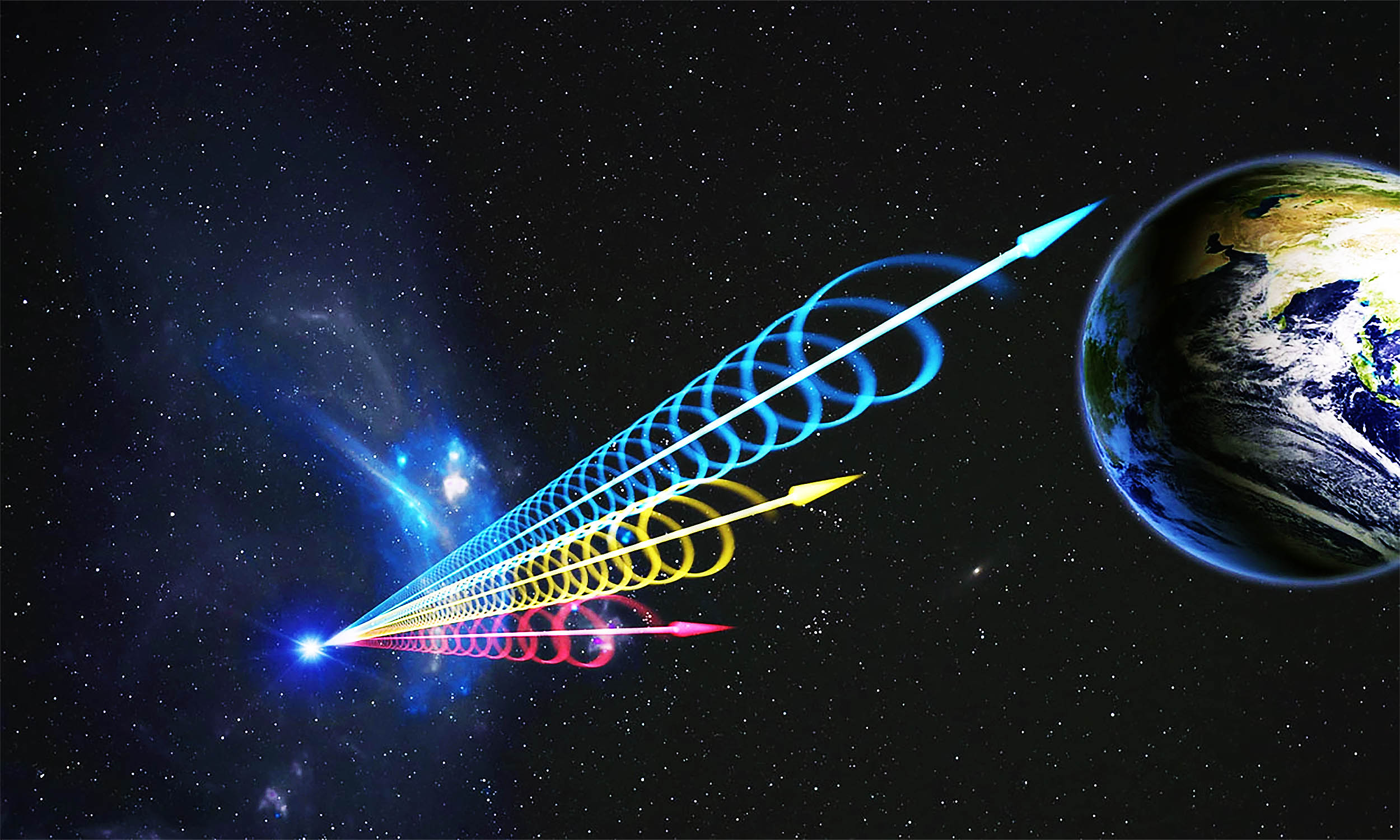
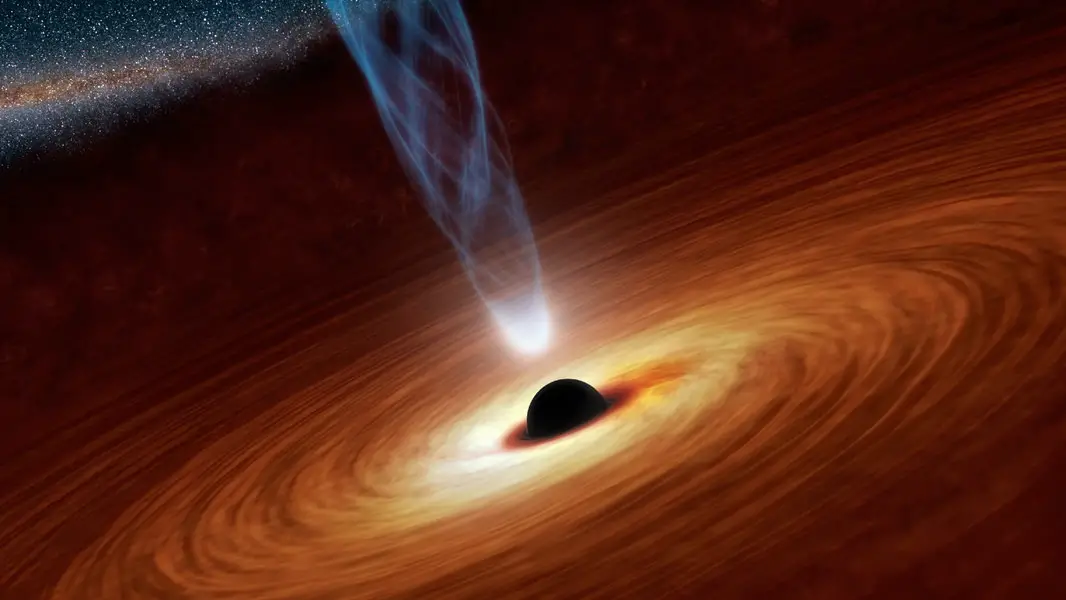
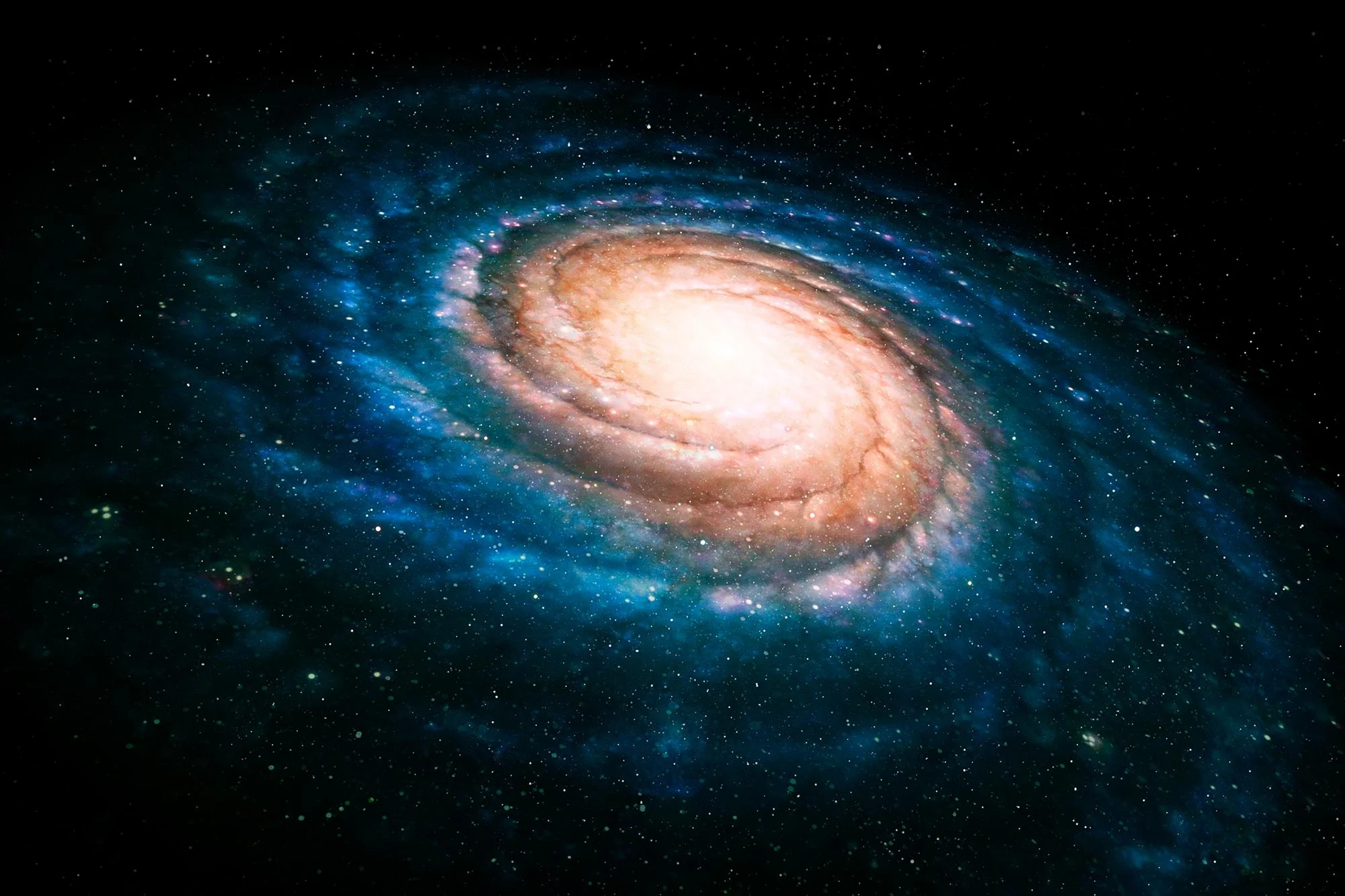
“Thanks for sharing such valuable information!”
“Your writing style is engaging and clear, love it!”
“Amazing post, keep up the good work!”
“Your writing style is engaging and clear, love it!”
“Great content, learned a lot from this post!”
“Thanks for sharing such valuable information!”
Can you be more specific about the content of your article? After reading it, I still have some doubts. Hope you can help me.